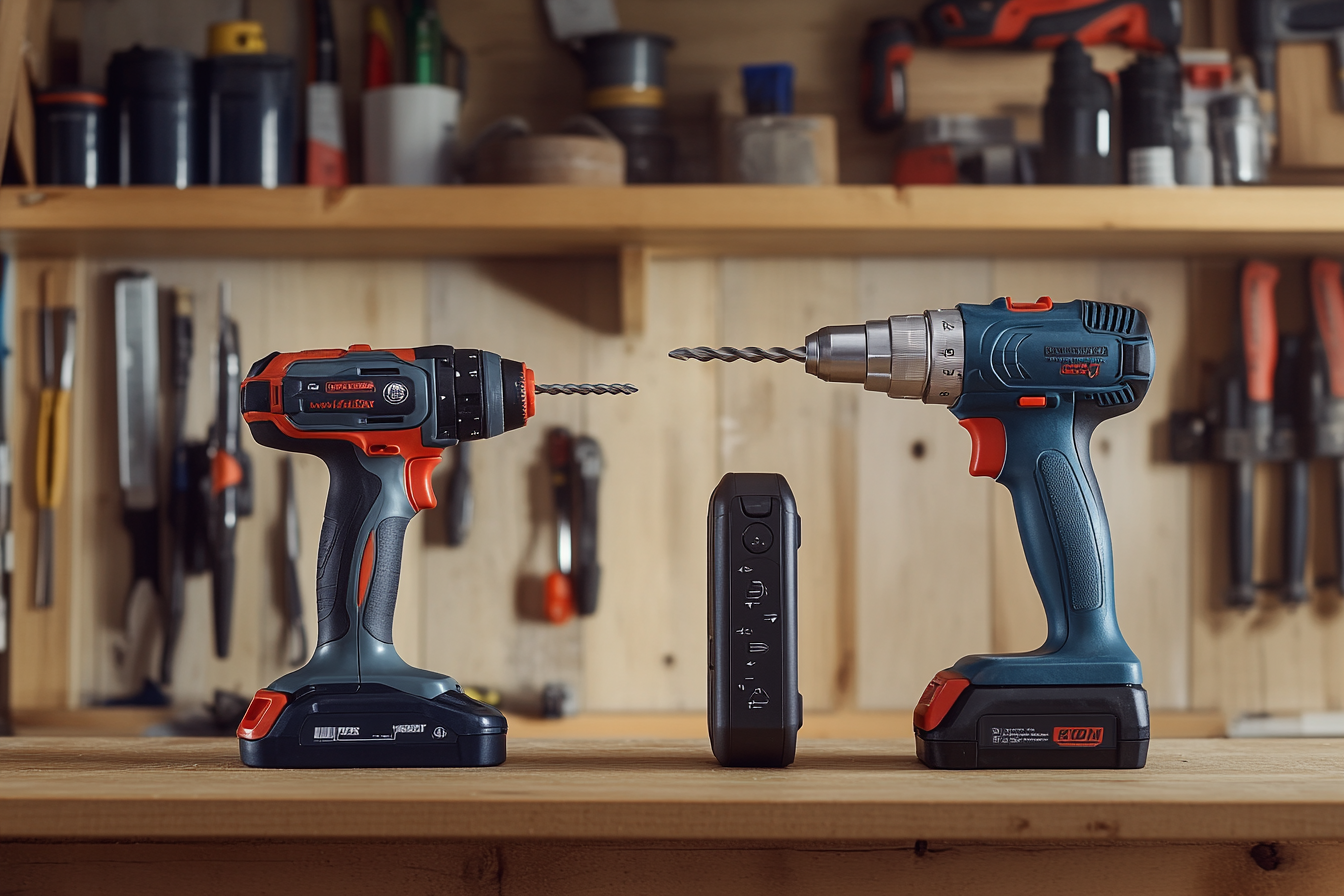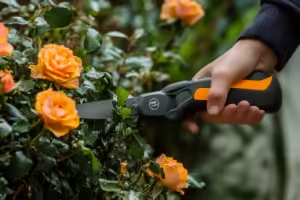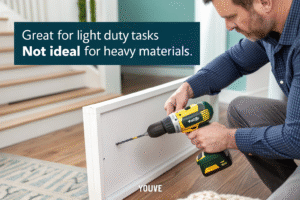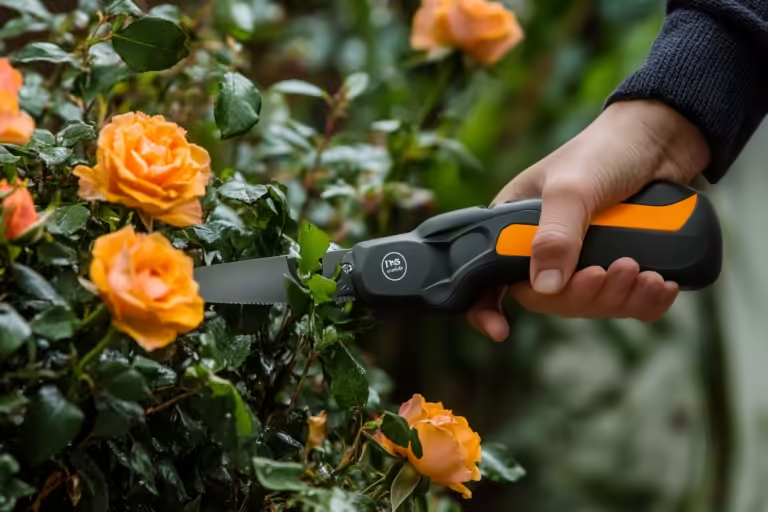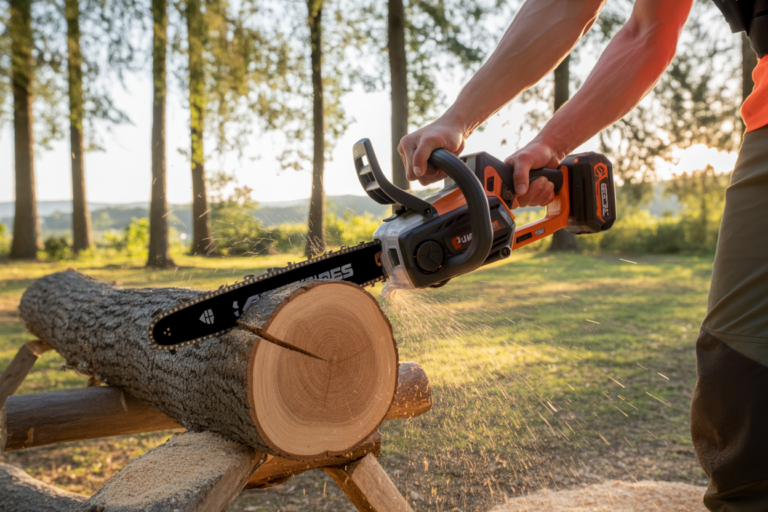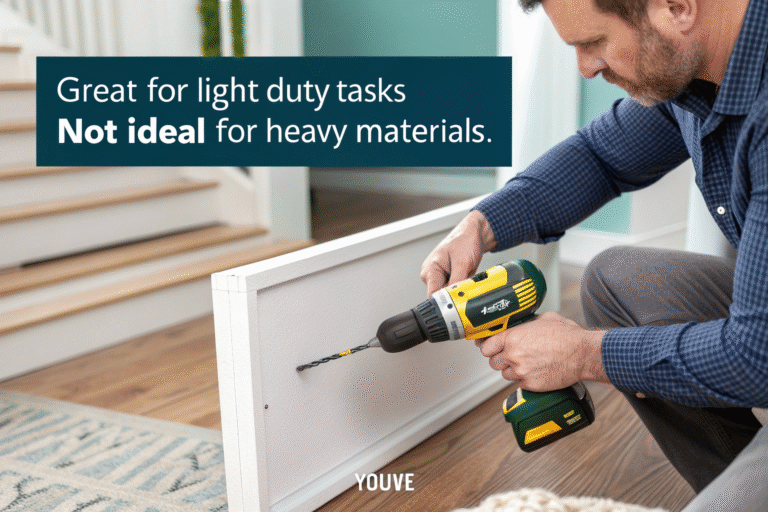
Buying an impact driver for your project or business might seem simple—until you open a product catalog and see dozens of voltage options, torque specs, battery types, and price tags. Which one is the right fit?
The best impact driver isn’t the most powerful—it’s the one that fits your specific tasks, runtime expectations, and comfort needs.
Let’s break it down clearly so you don’t waste money on the wrong model.
🔧 What configurations should you always check before buying an impact driver?
Choosing the right configuration ensures performance and comfort. Here’s what you must consider:
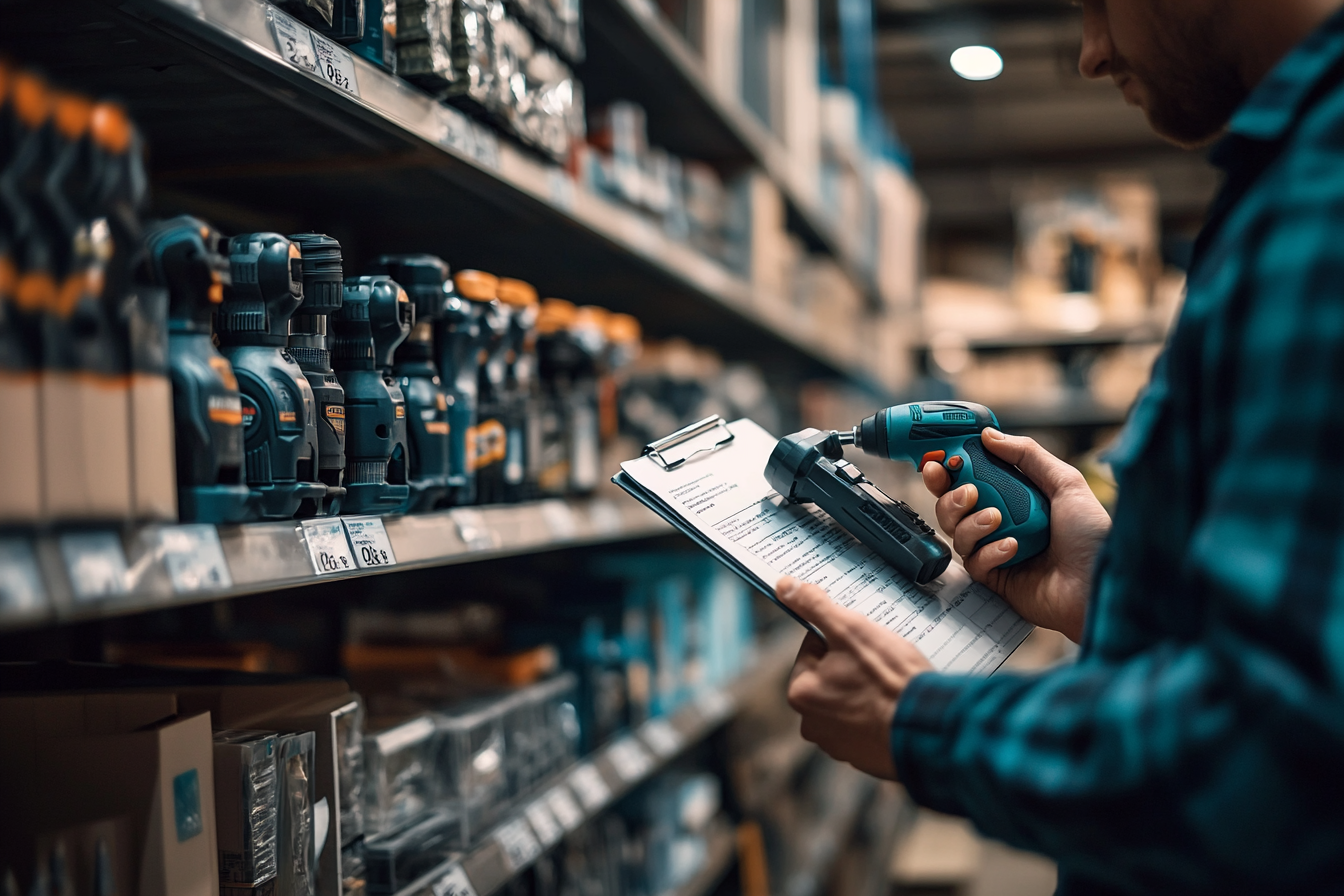
✅ Key Specifications:
- Torque Settings – Higher torque helps with stubborn fasteners but can strip soft materials[^1].
- Chuck Size – Affects what bits you can use. Standard 1/4" hex chucks fit most applications.
- Speed and Drive Modes – Multi-speed options allow you to fine-tune performance across materials like wood, metal, or masonry.
📎 Related: How to use an impact driver professionally
🔋 Which voltage suits which type of buyer?
The voltage rating defines power—and power affects portability, runtime, and price.
| Voltage | Suitable For | Use Cases |
|---|---|---|
| 12V | DIYers, hobbyists | Light home repairs, assembling furniture |
| 16.8V | Occasional professionals | Mounting brackets, driving screws in plywood |
| 21V | Contractors, industrial users | Deck building, structural fastening |
📎 Related: What does 21V mean on a cordless drill?
⚡ What does battery capacity really affect?
Battery capacity (measured in Ah) impacts runtime

